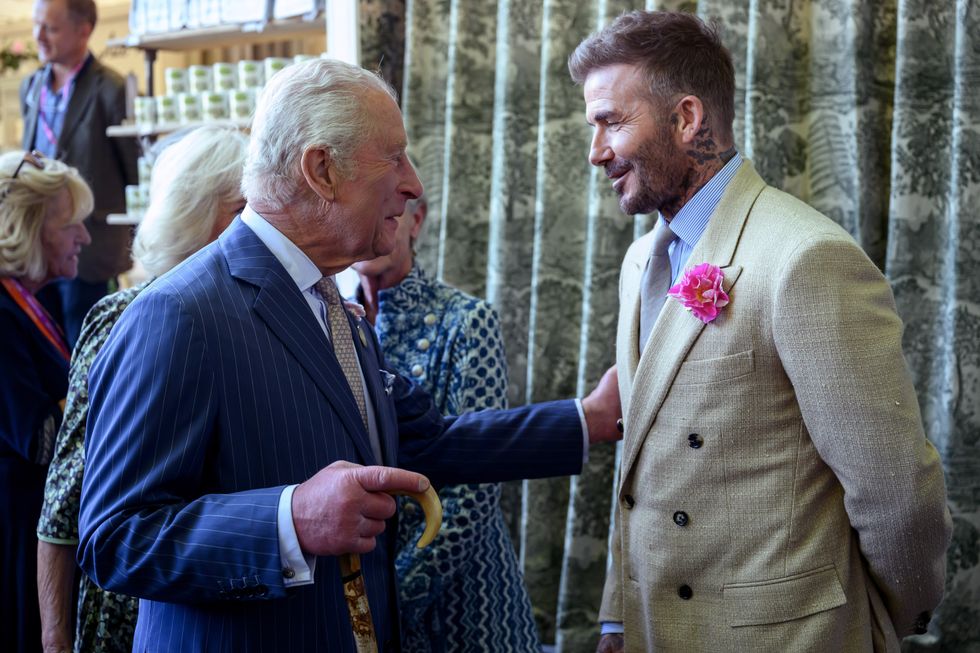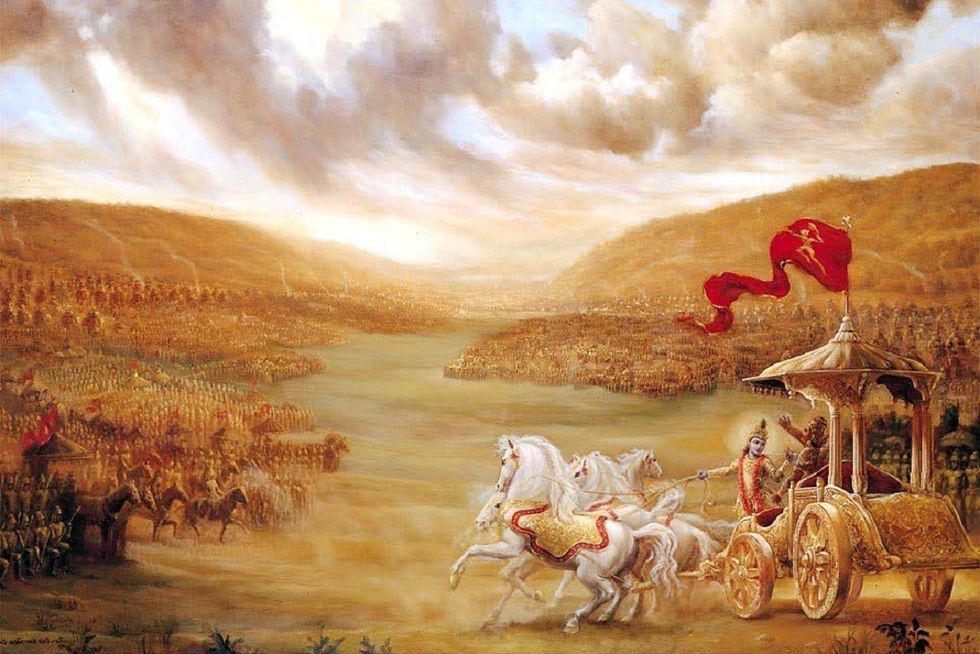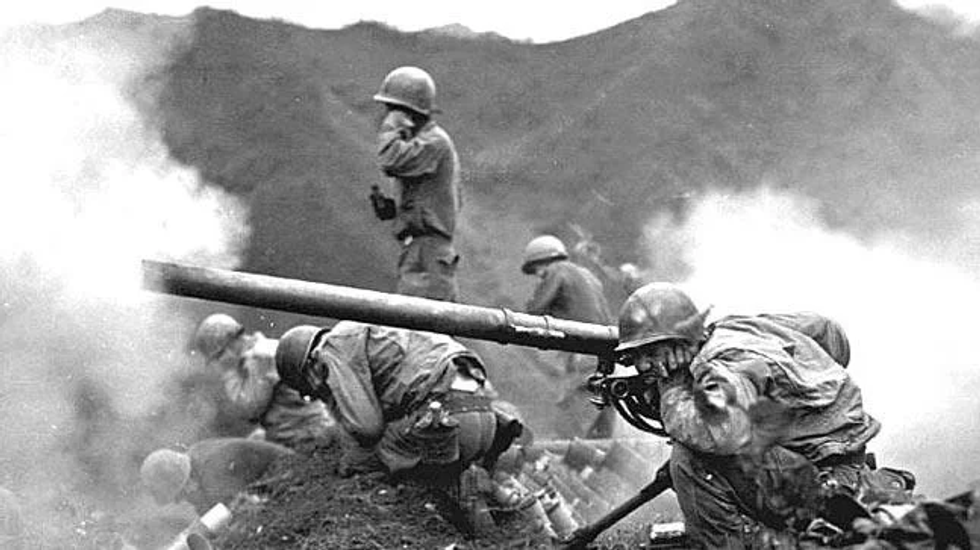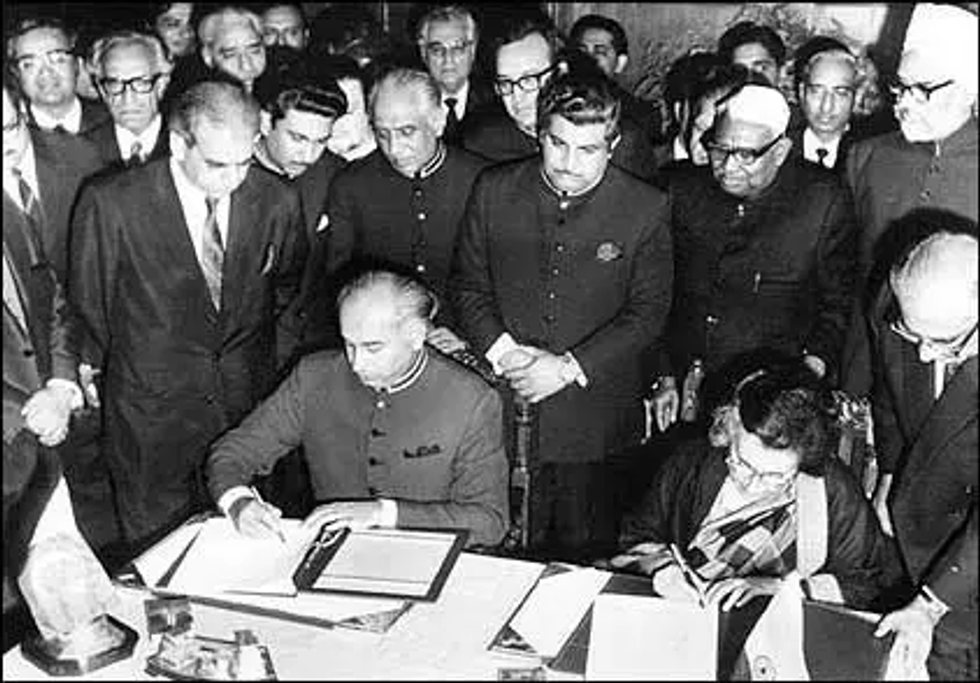By Barnie Choudhury
Former BBC journalistIN MARCH 2005, I was having coffee with an officer from the National Crime Squad, and she asked me what my biggest fear was post-9/11.
I knew children as young as seven were being groomed to sell drugs, and I had heard chatter from Muslim contacts that, in the same way, teenagers were being radicalised to embrace an extreme form of Islam. So, I said my biggest fear was a 14-year old strapping a home-made bomb to himself, going to school and blowing himself up. Four months later, something similar to this awful premonition played out in London.
In the following weeks and months, as I had done since September 11, 2001, I spoke to scores of Muslims. I wanted to get my head around why ordinary young people brought up in Britain, a mainly tolerant country, would kill themselves and innocents in such a horrific way. Yes, we had gone to war in Iraq on a false premise. Yes, we appeared to be doing America’s bidding. And yes, we seemed to Muslims to be too pro-Israeli. But that just did not explain why young people would commit carnage.
In 2006, the New Labour government introduced something called ‘Prevent’. Over several administrations the programme has changed, but ultimately it uses early intervention to try and stop different communities from being radicalised. On the face of it, this can only be a good idea. But Muslims I have spoken to are suspicious that it amounts to criminalising their youth. To some, the authorities have done little to gain the trust of communities. They feel everyone questions their motives and loyalty to Britain, and the presumption of innocence, enshrined in article 11 of the Universal Declaration of Human Rights, is not applied to them.
Their suspicions were reinforced when the United Nations, no less, criticised the UK government’s Prevent agenda. In 2017, a report said the policy was “unpredictable and potentially arbitrary” and it was “dividing, stigmatizing and alienating segments of the population”.
Now after the latest attack in London last week, the government made its case to change the early release of those convicted of terrorism. That, sadly, is not the answer.
The problem is that organised gangs and criminals – for that is what terrorists are – do not care about the niceties of law, ethics or values. Their only job is to kill people. Their sole intention is to bend us to their will by making us scared and driving us to our most basic instinct, do or die. Their aim is to create a world in their perverse image. For some Muslims, it is to make women subservient. For white right-wing supremacists, it is to rid the world of those who have a different skin colour.
As we have seen on the last two occasions, prison is ineffective. If anything, our jails are infested with hardcore radicals who feed off new inmates like parasites attacking a sick body. Locking them up and throwing away the key is one solution. But a better one is to try to find out the danger signs in the first place.
I am not clever. I just try to study habits. But it seems to me that some of our extremists come from poor, socially deprived areas, whose families are either too strict; have an ethos which segregates different cultures, creeds and religion; or feel they have no connection with their parents and relations. They are looking for a family. They are looking for a cause. They are looking for affirmation. How easy then to lavish love and affection by making these confused kids feel valued?
And this is where south Asians must intervene. We need to ask ourselves whether we are setting up our children to fail. With every passing generation, the need to stick to the values of ‘back home’ becomes stronger. We try to hang on to how our forefathers lived and extracted discipline. Yet visit some south Asian countries and you will find things have changed. Young girls wear skimpy tops, dance provocatively and drink whiskey shots in nightclubs; young men and women are homosexual; women can be leaders; and the world has not ended.
I am not saying that we abandon everything that is great about south Asian culture. What I am urging us to do is acknowledge that we can learn so much from a western way of life and, like our cooking, if we combine the best of the best, we produce a tastier dish and a safer world. Ultimately there is no brown race, there is no black race and there is no white race. There is just the human race.
















 David Beckham wearing a David Austin Roses "King's Rose" speaks with King Charles III during a visit to the RHS Chelsea Flower Show at Royal Hospital Chelsea on May 20, 2025Getty Images
David Beckham wearing a David Austin Roses "King's Rose" speaks with King Charles III during a visit to the RHS Chelsea Flower Show at Royal Hospital Chelsea on May 20, 2025Getty Images

 Kurukshetra battlefield illustration
Kurukshetra battlefield illustration
 Chanakya
Chanakya  Shimla Agreement
Shimla Agreement Kargil War 1999
Kargil War 1999
Prison ‘not the best way to prevent extremism’